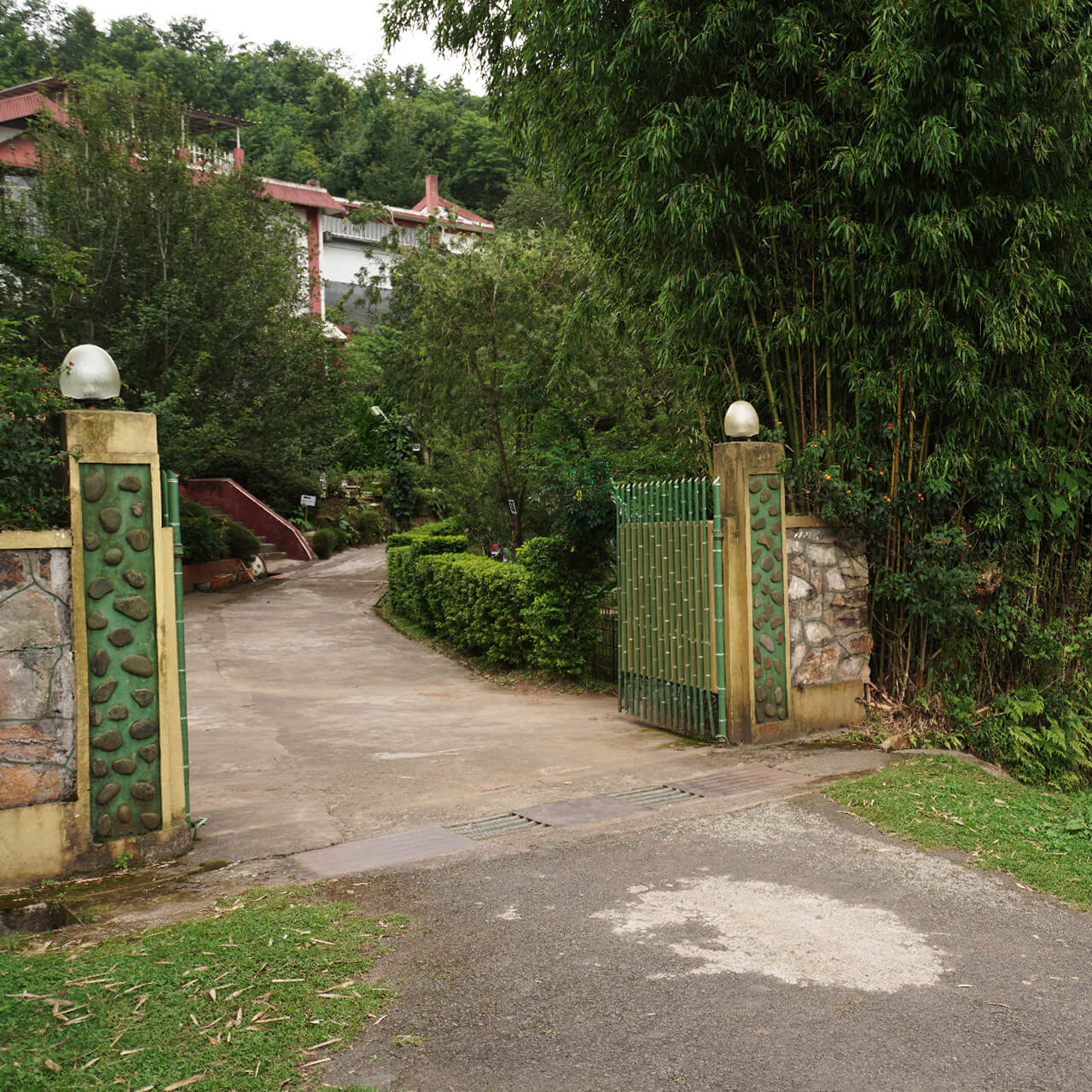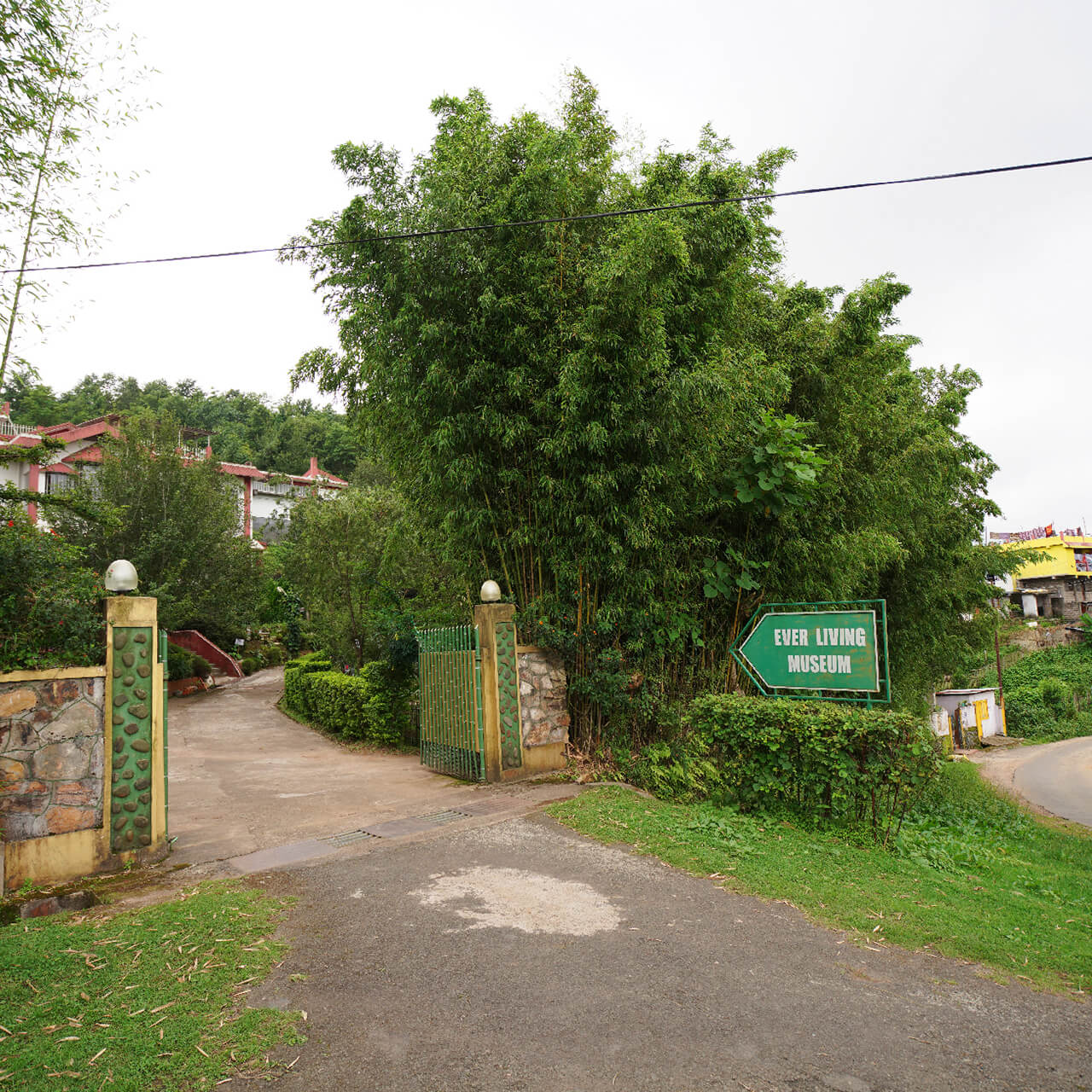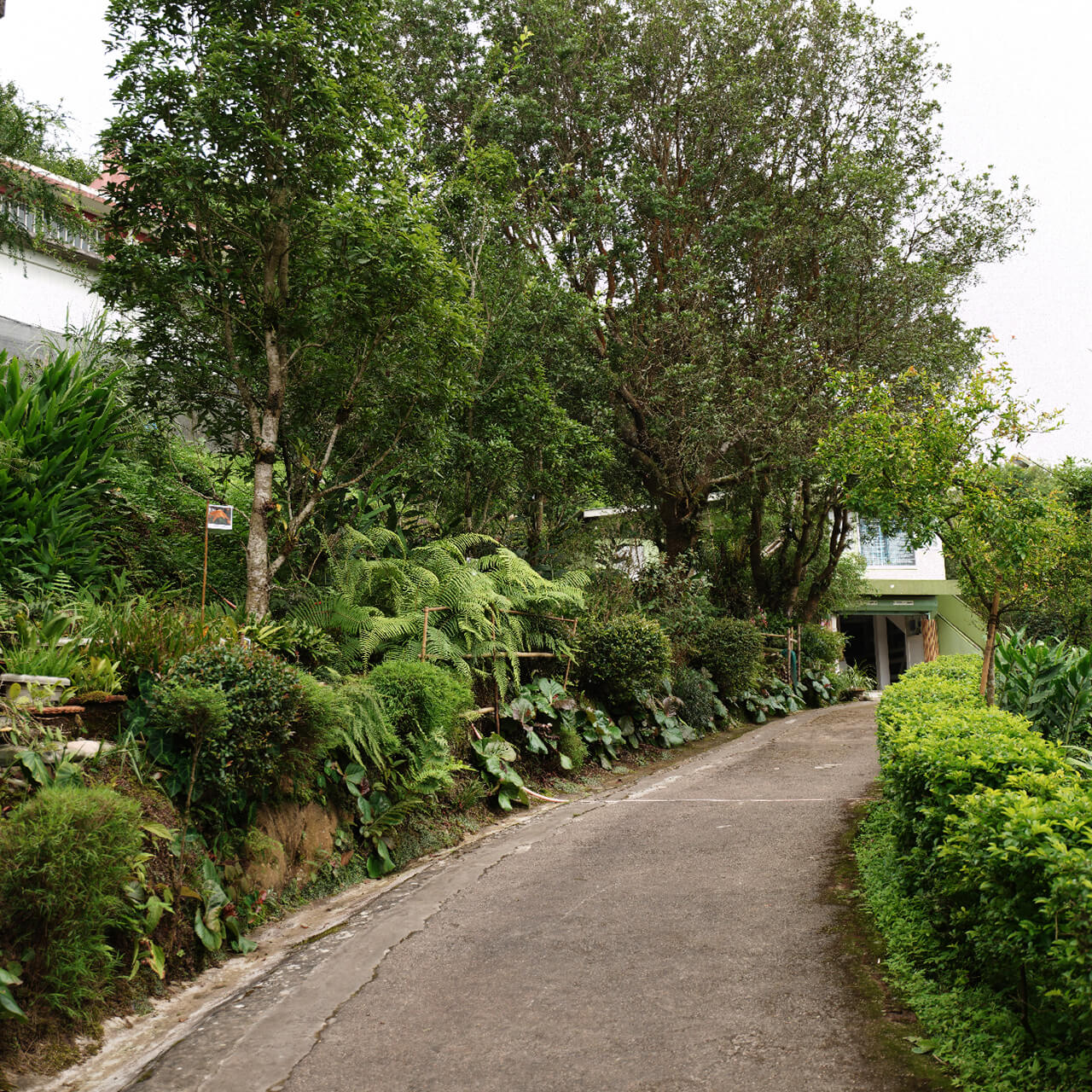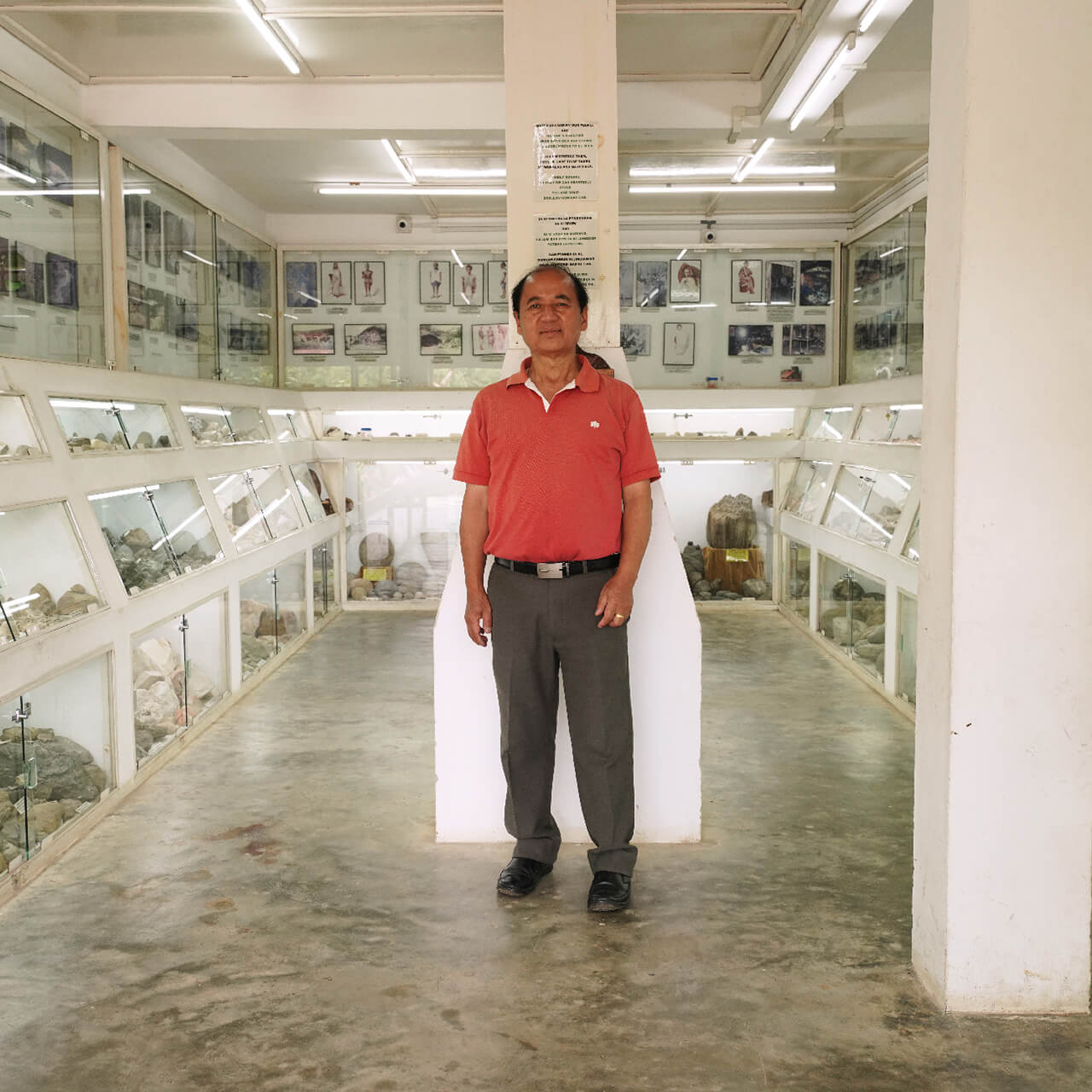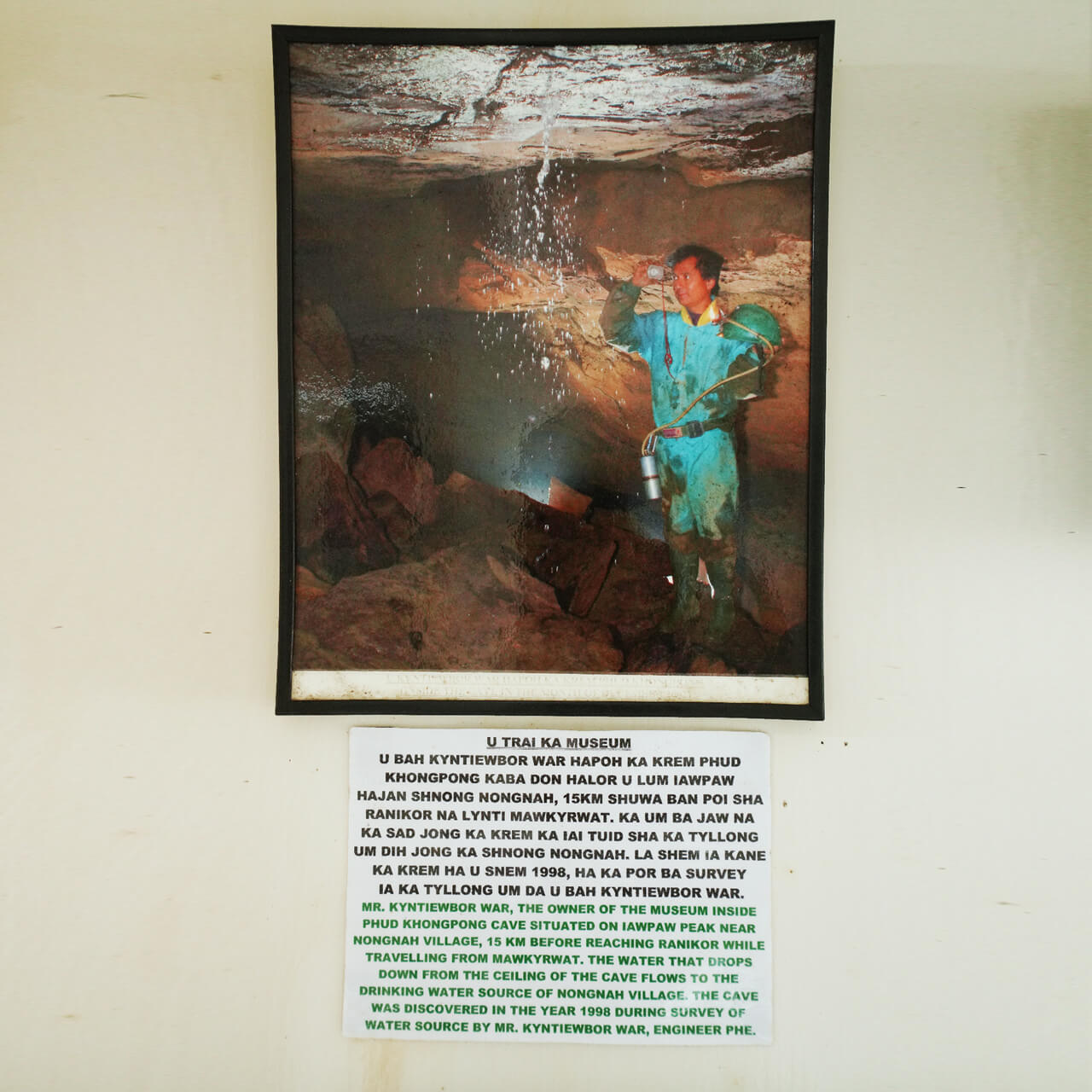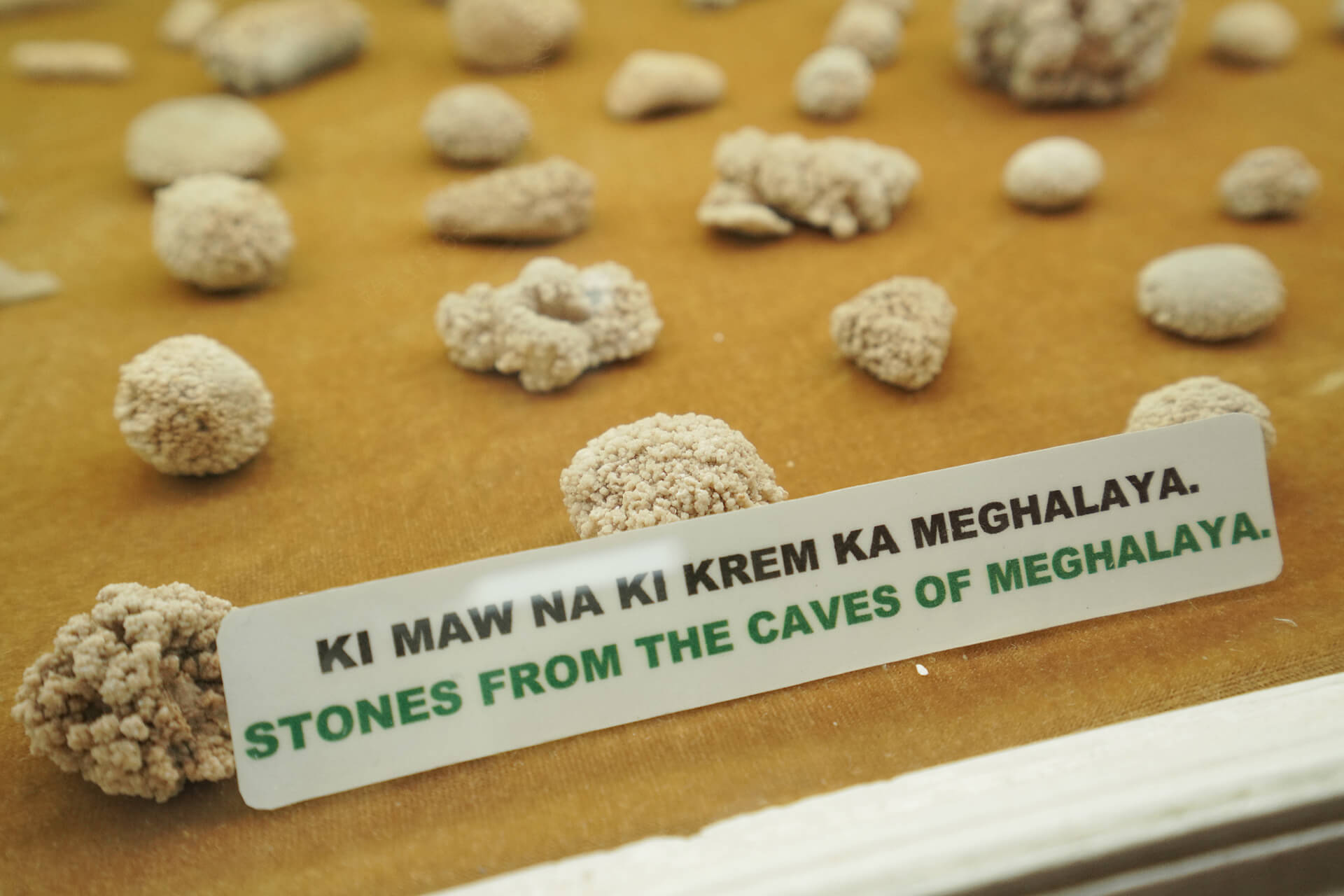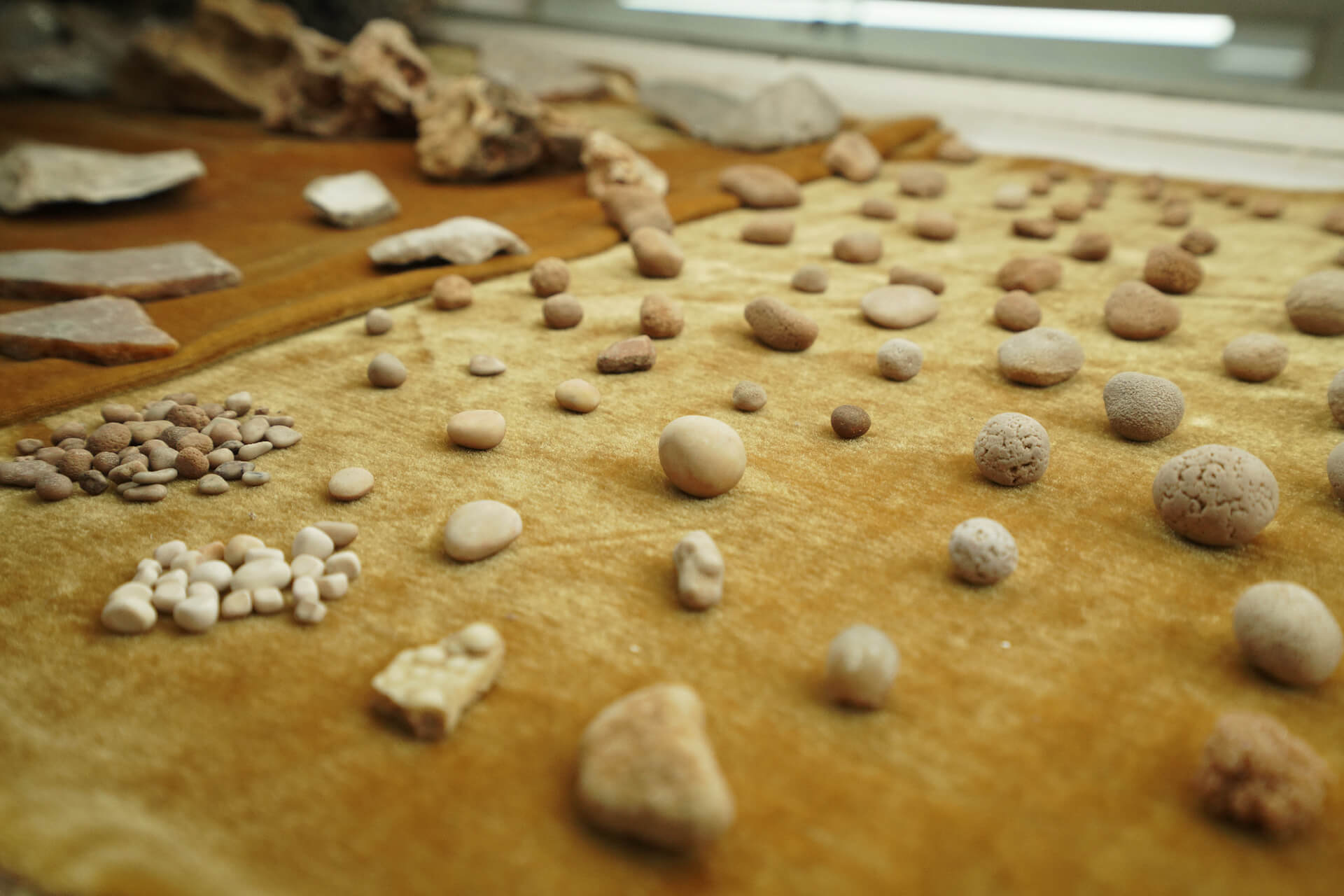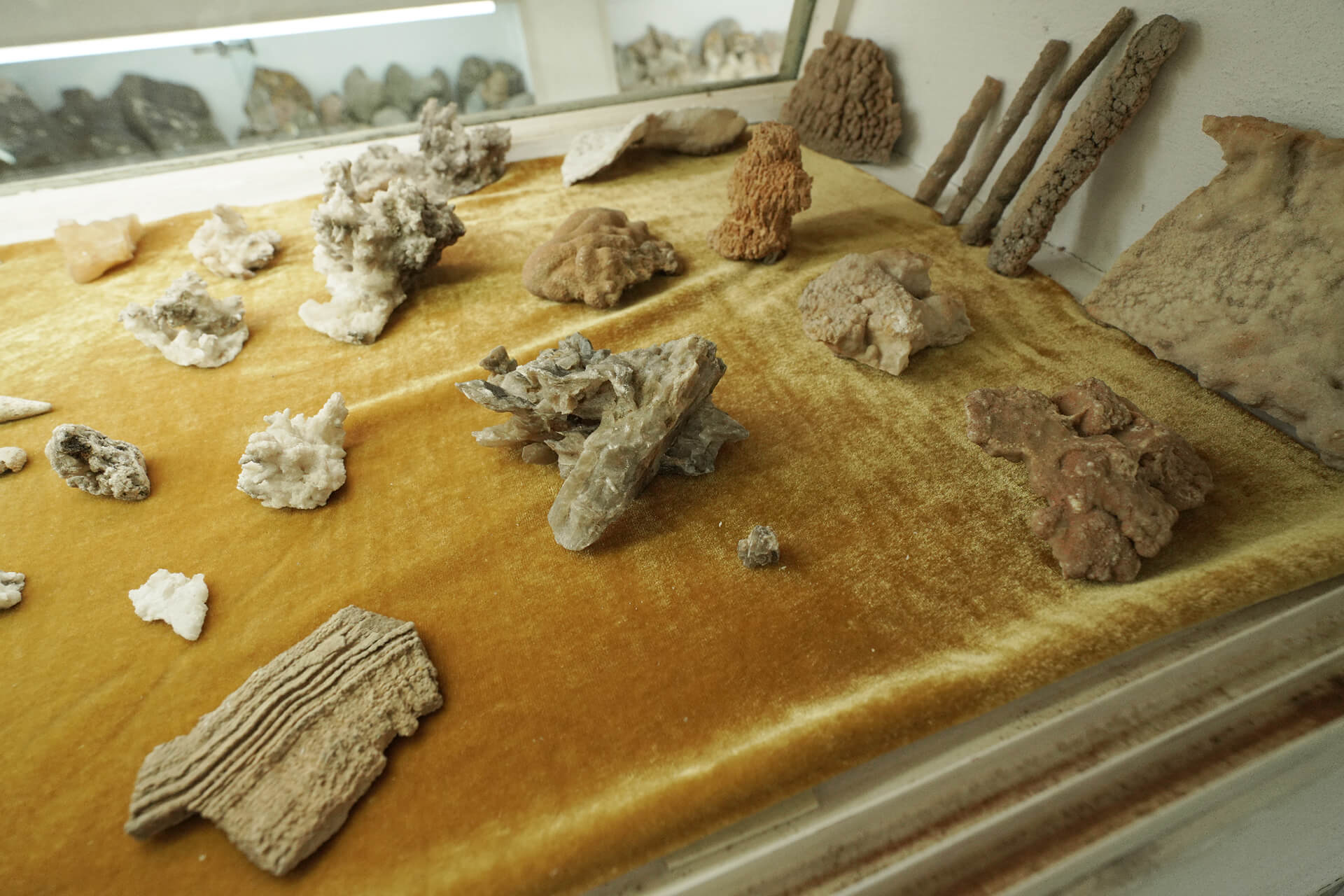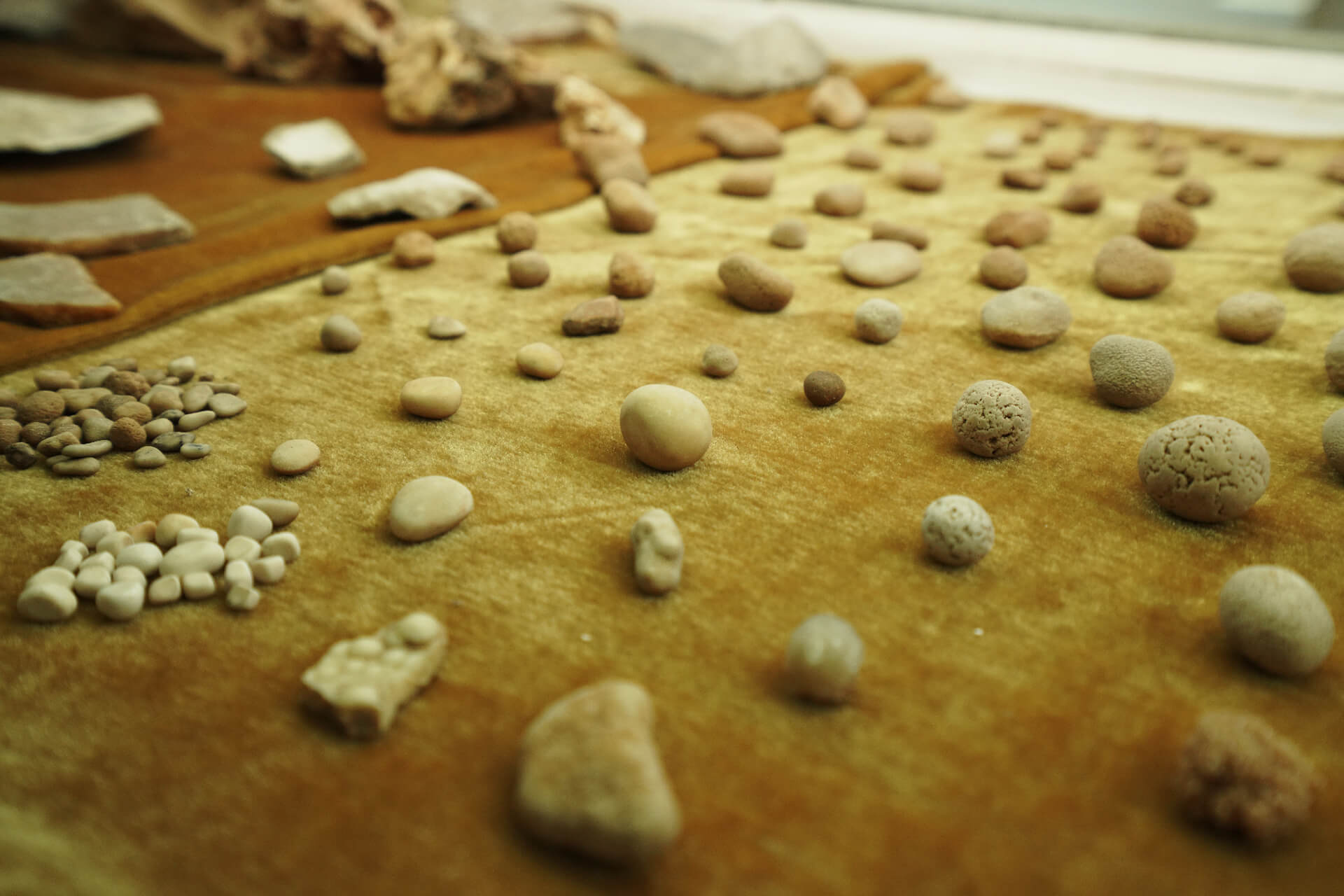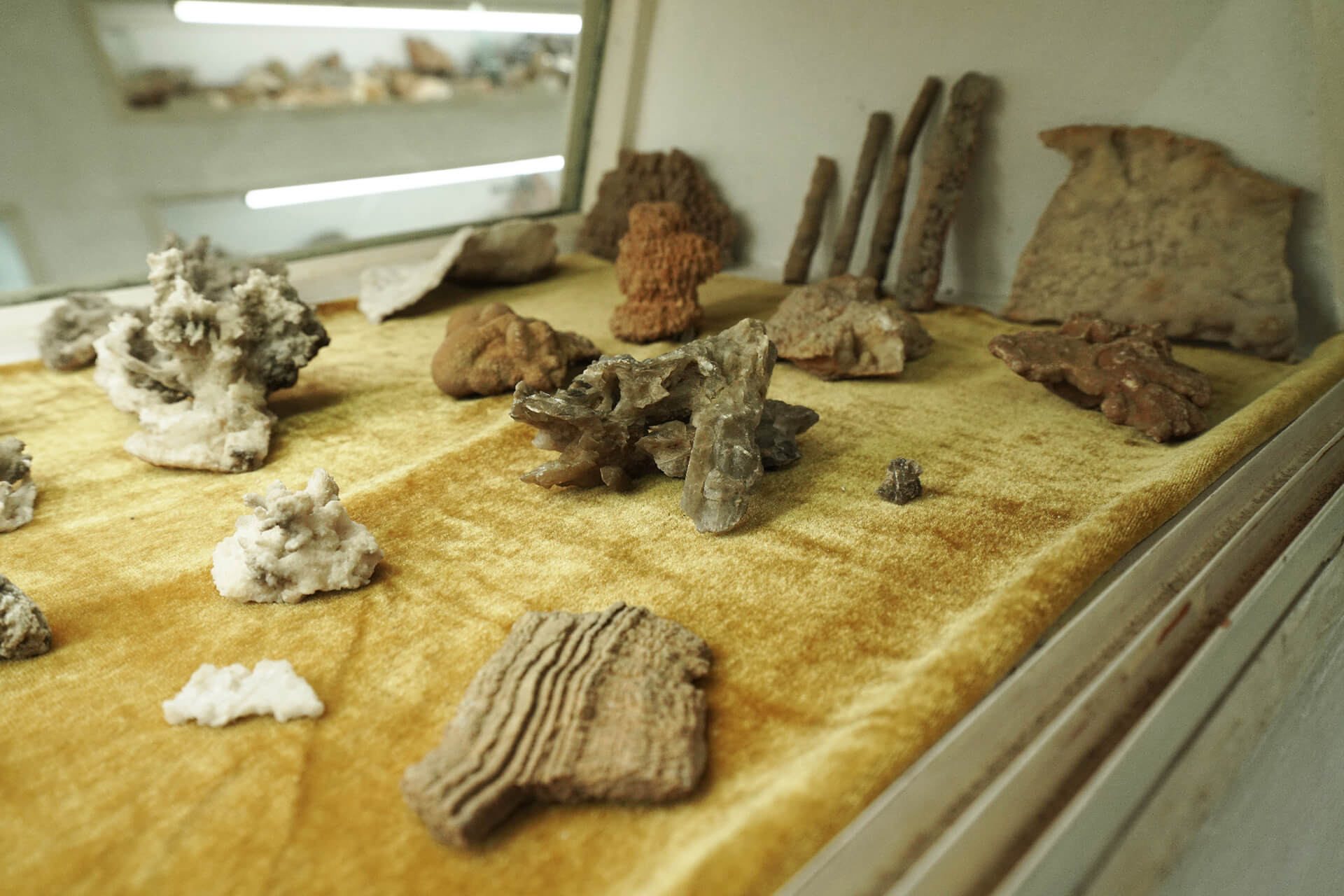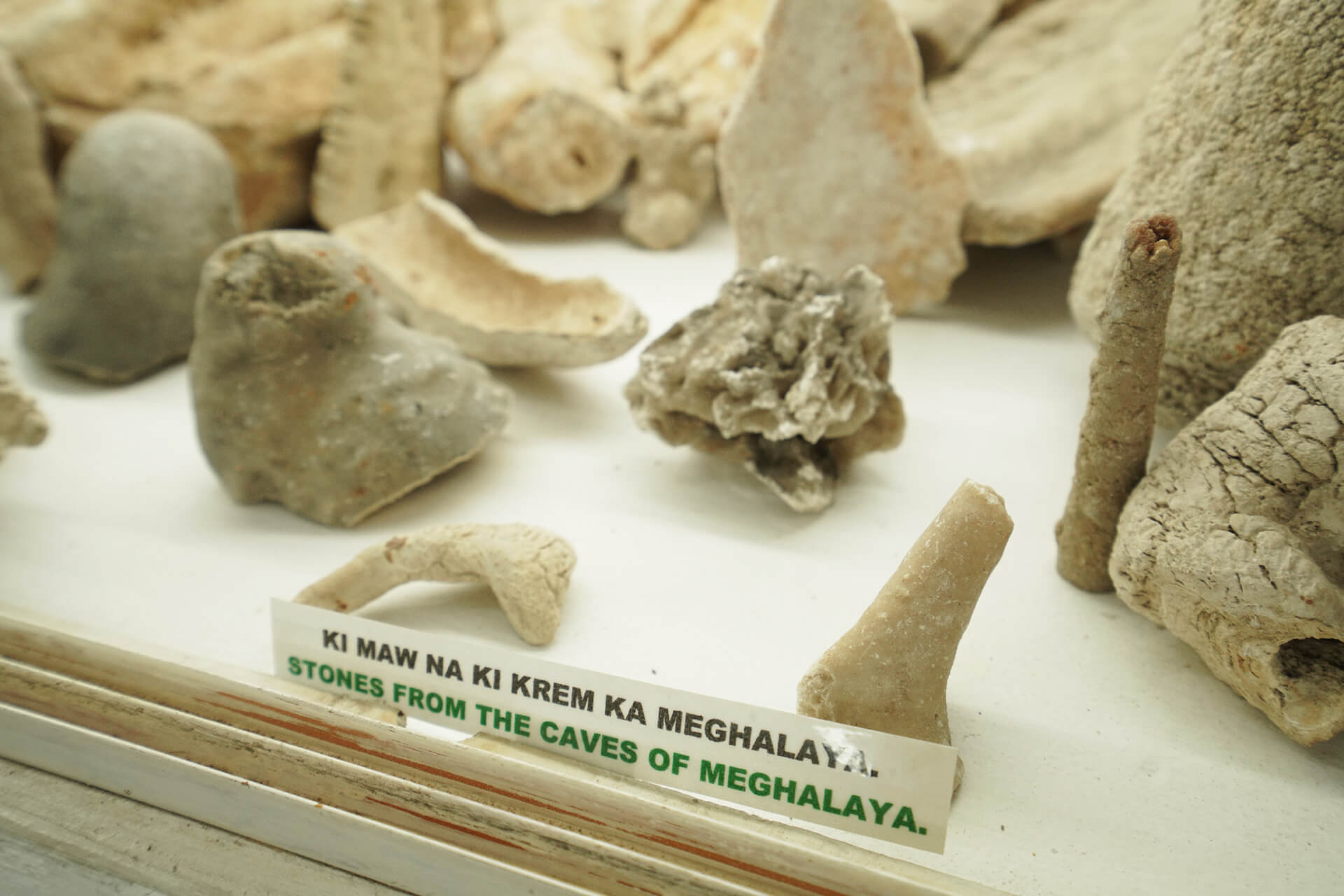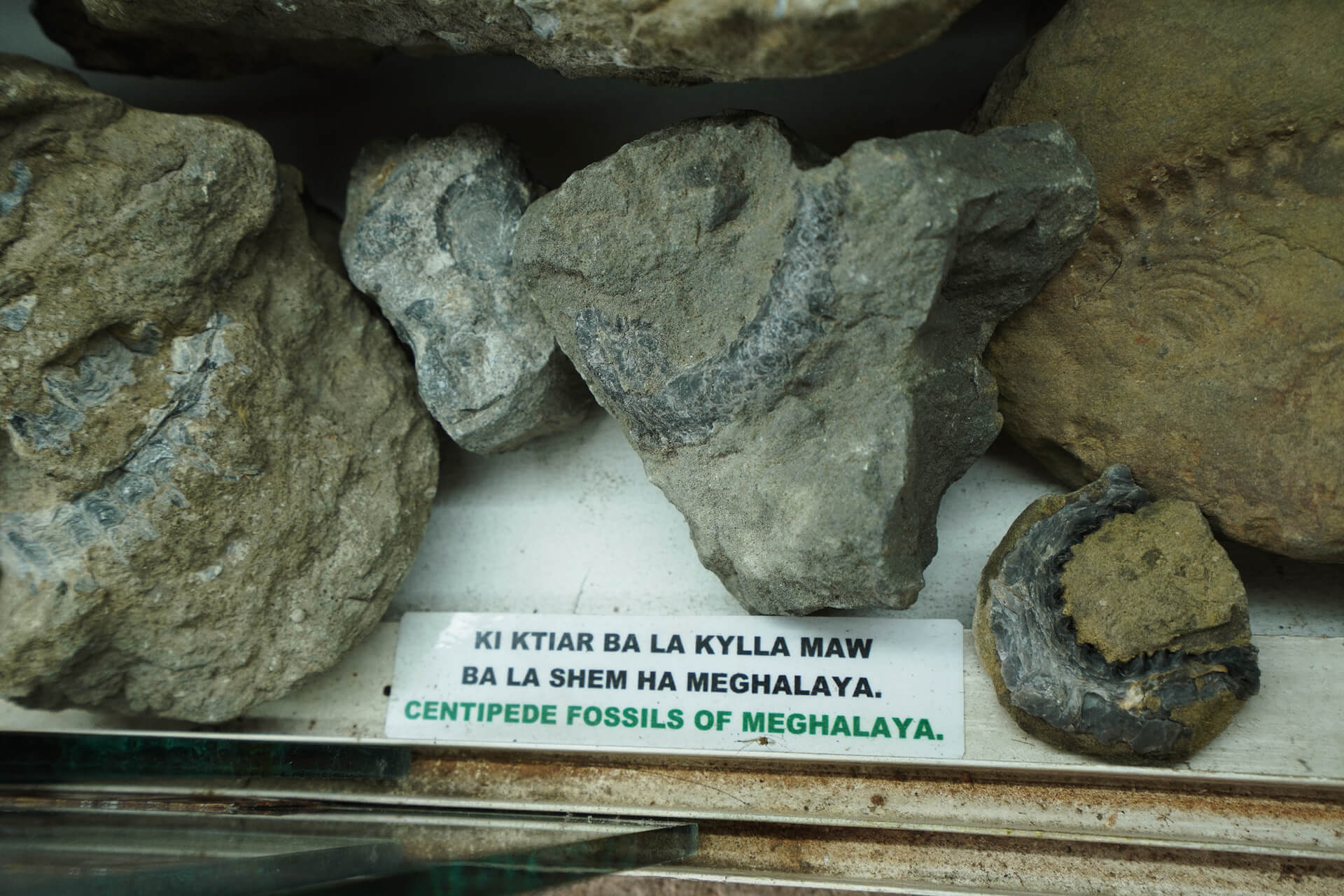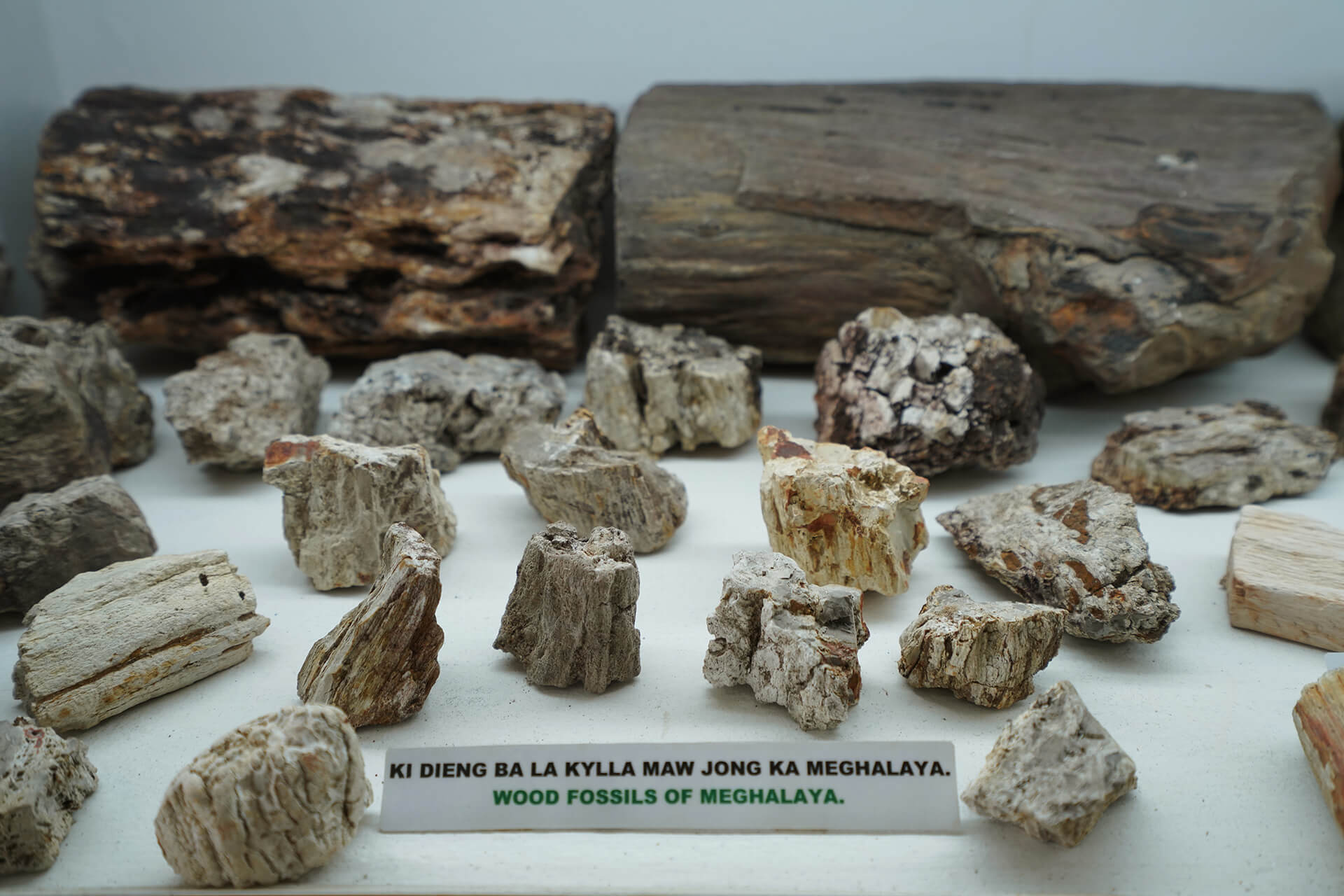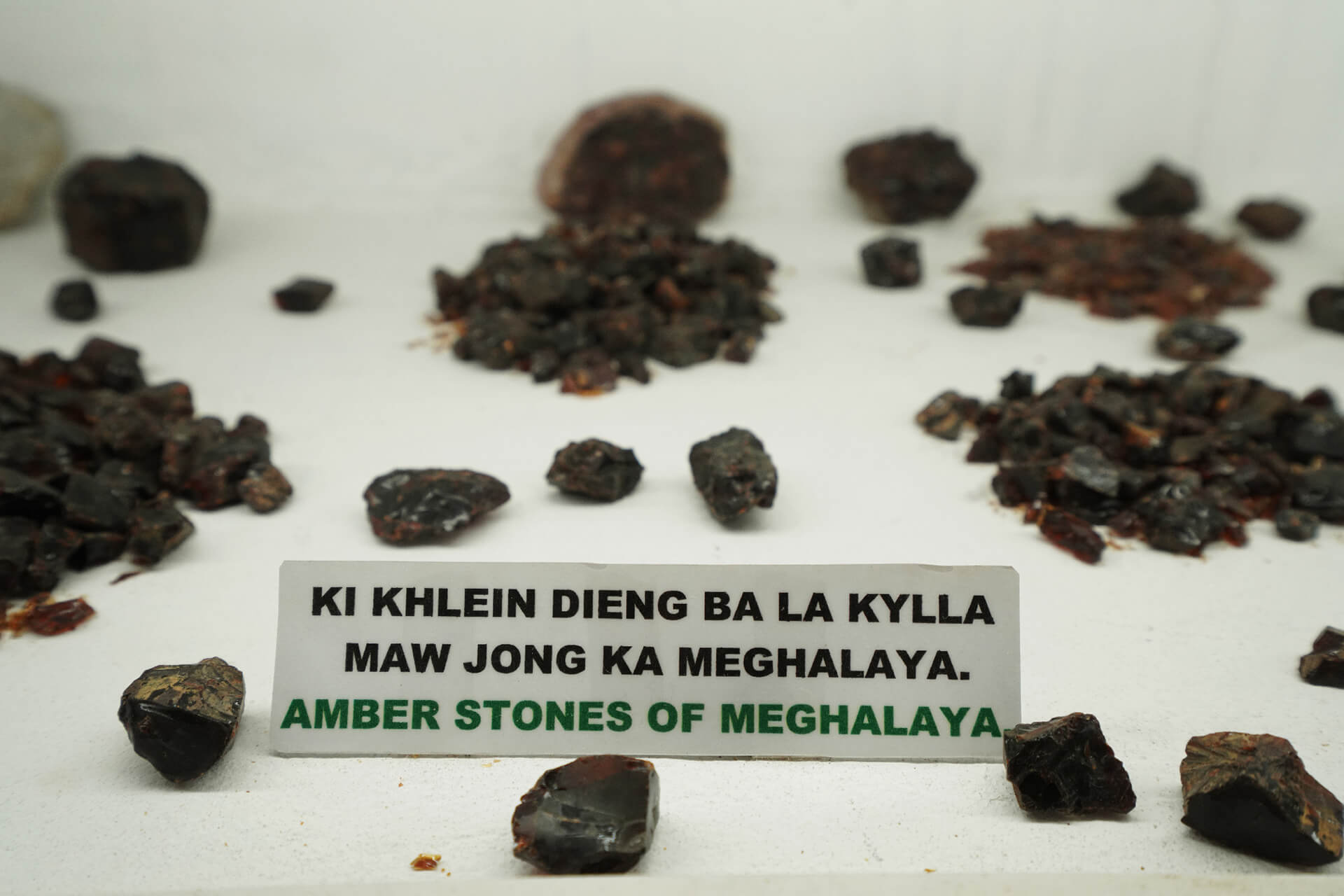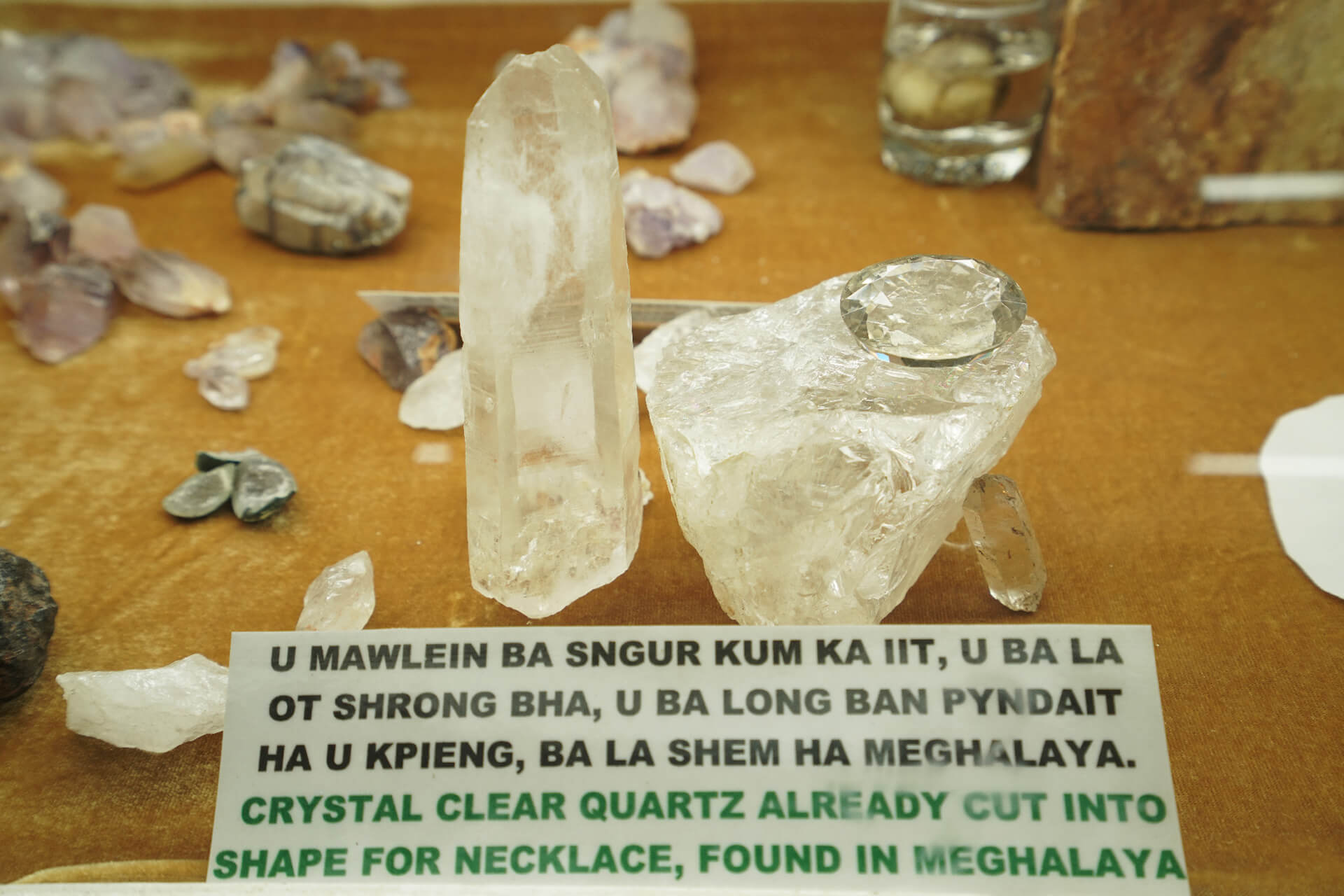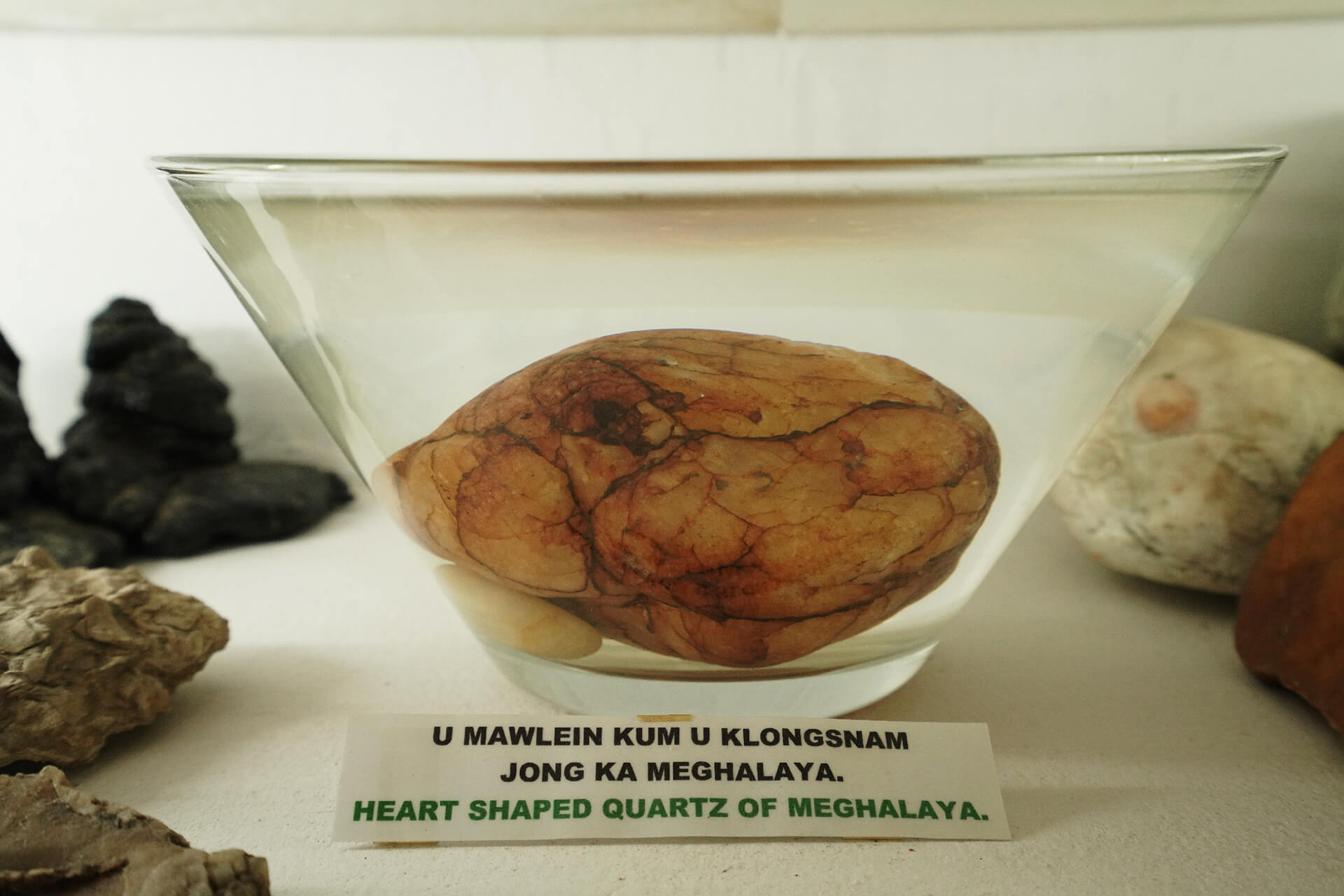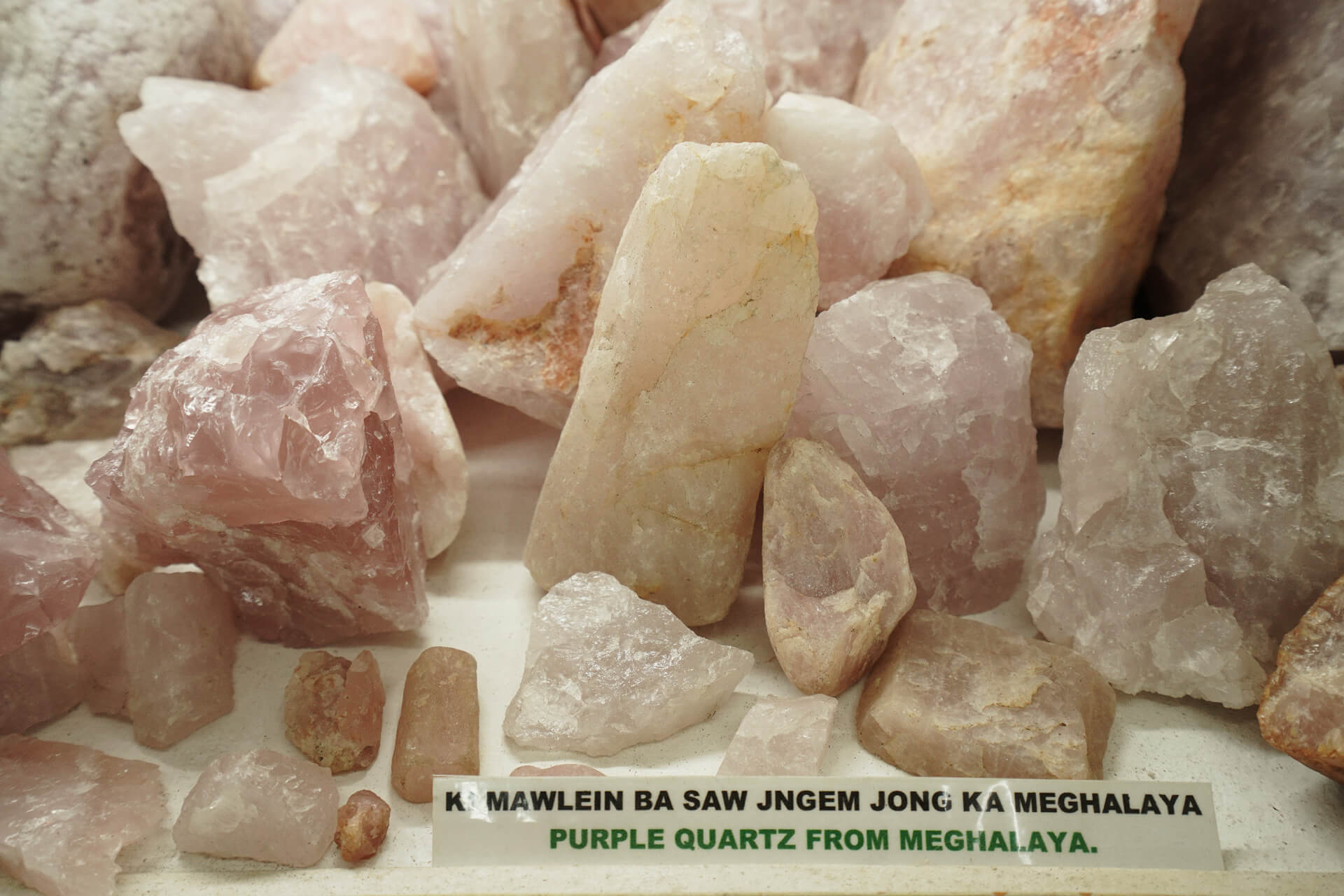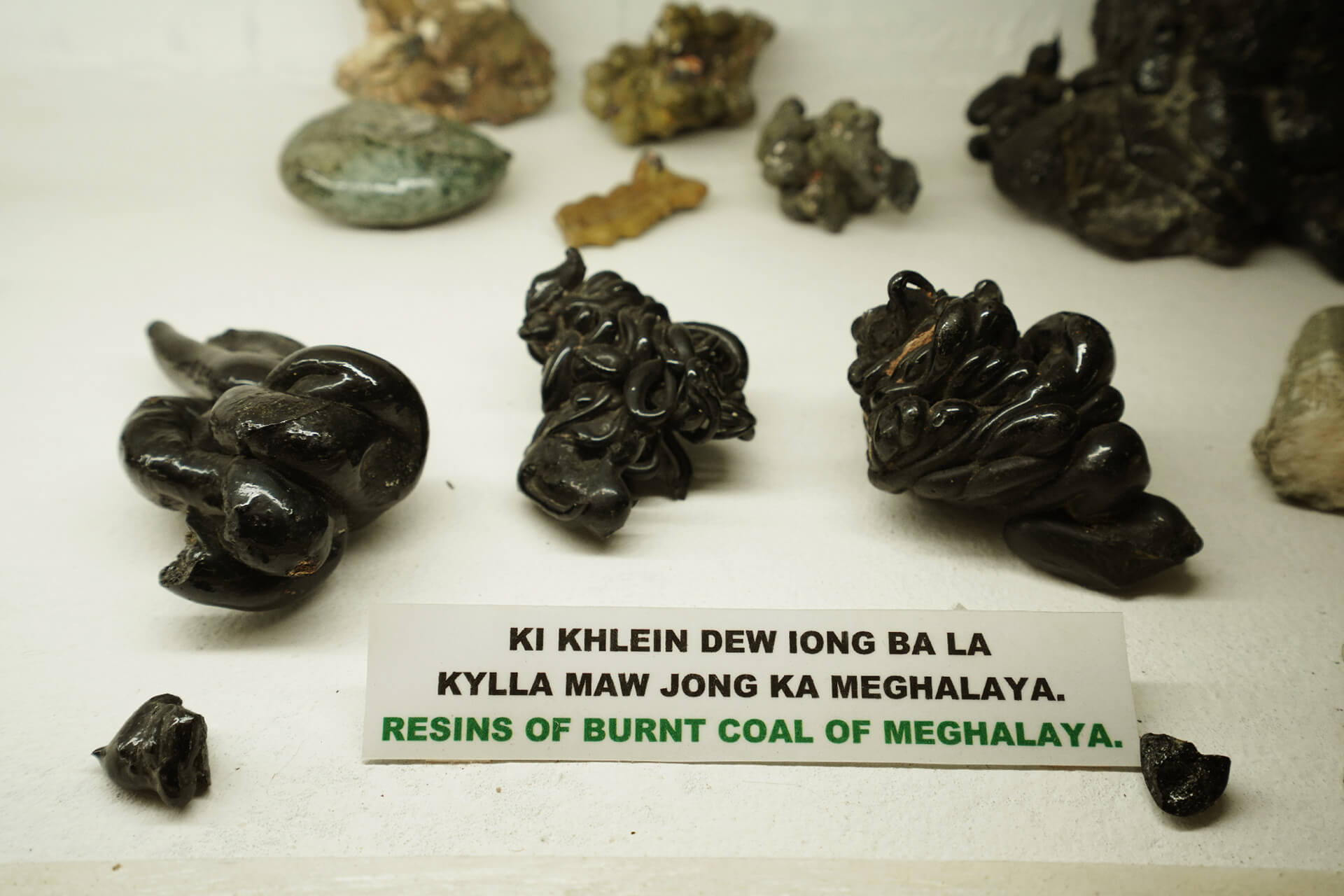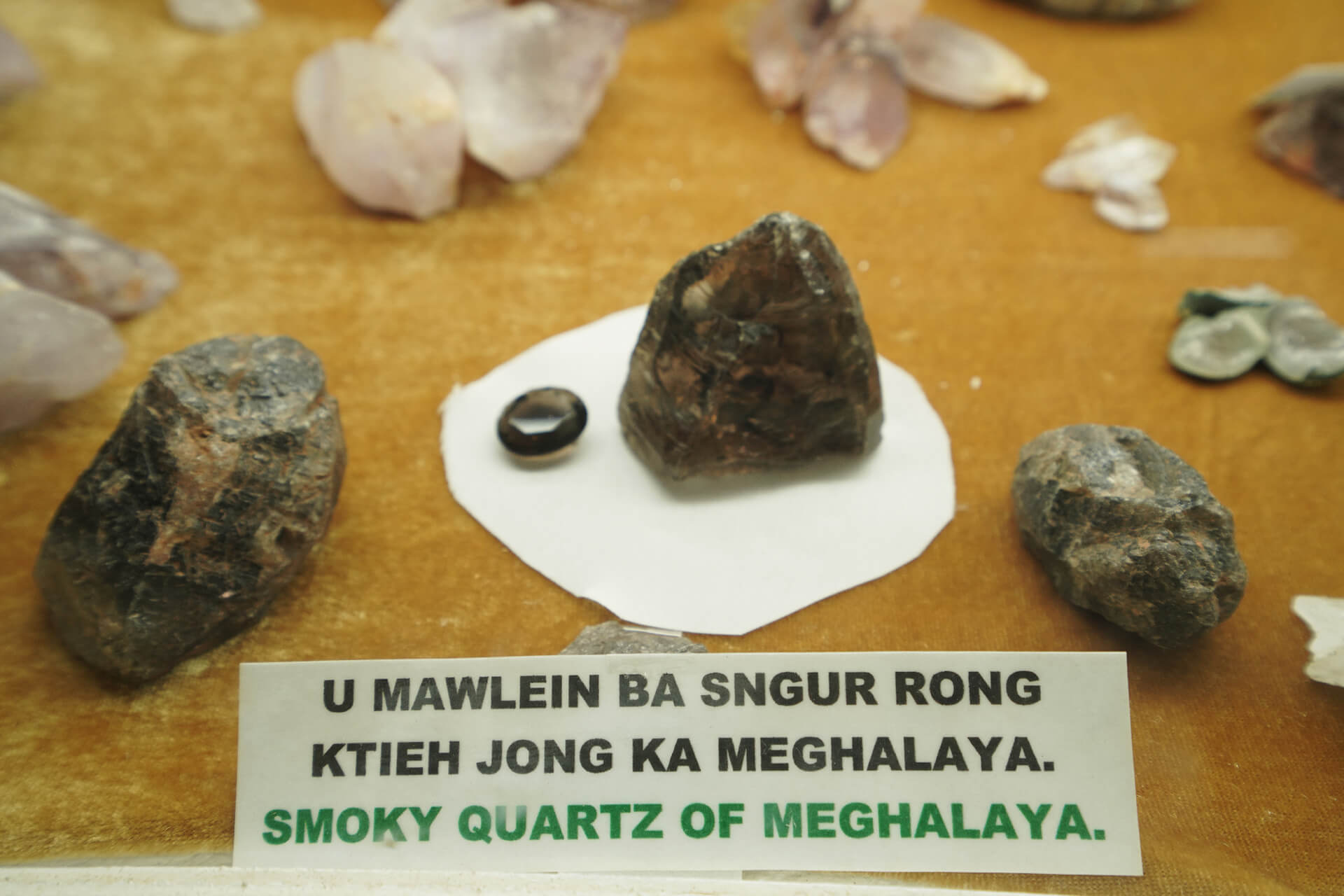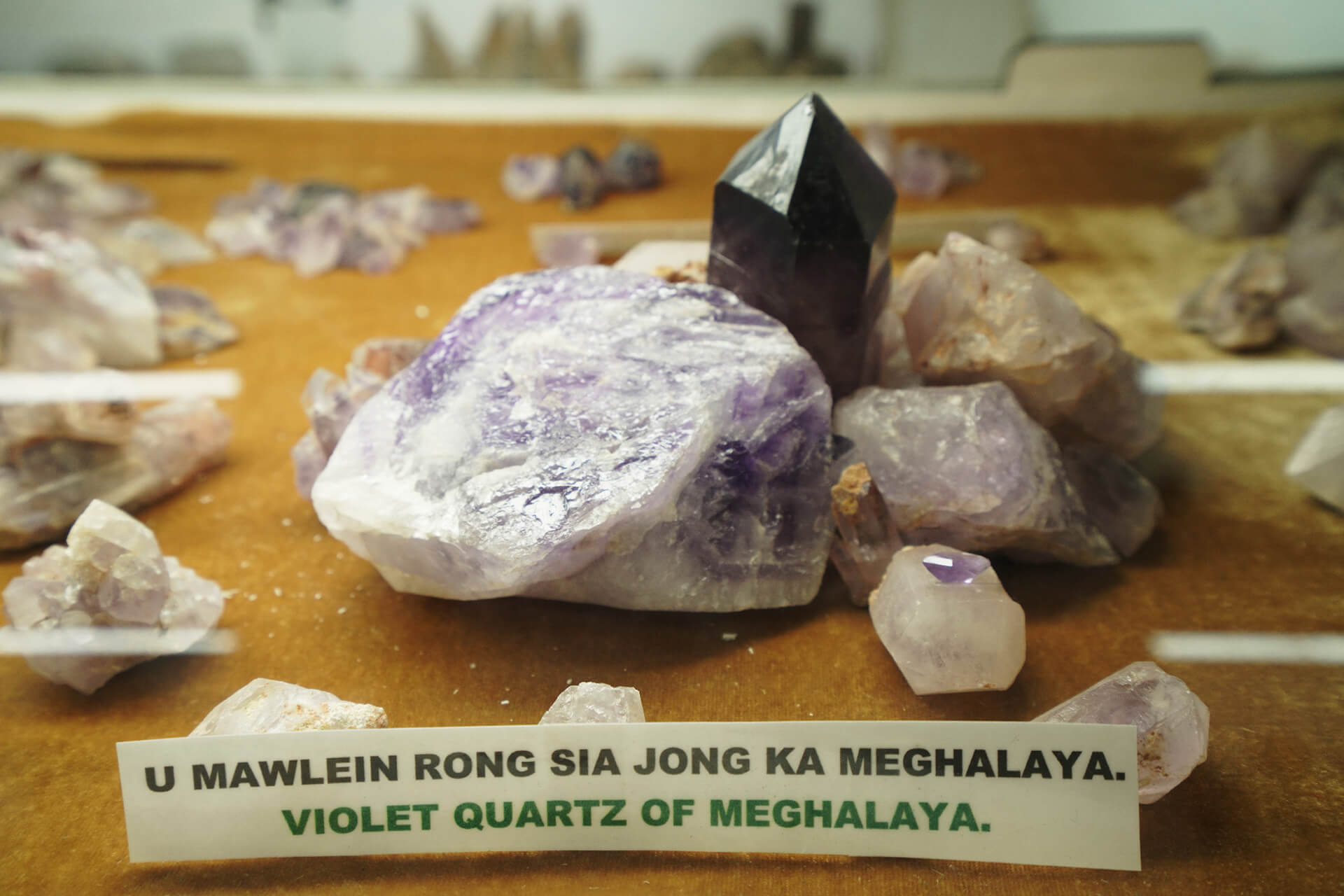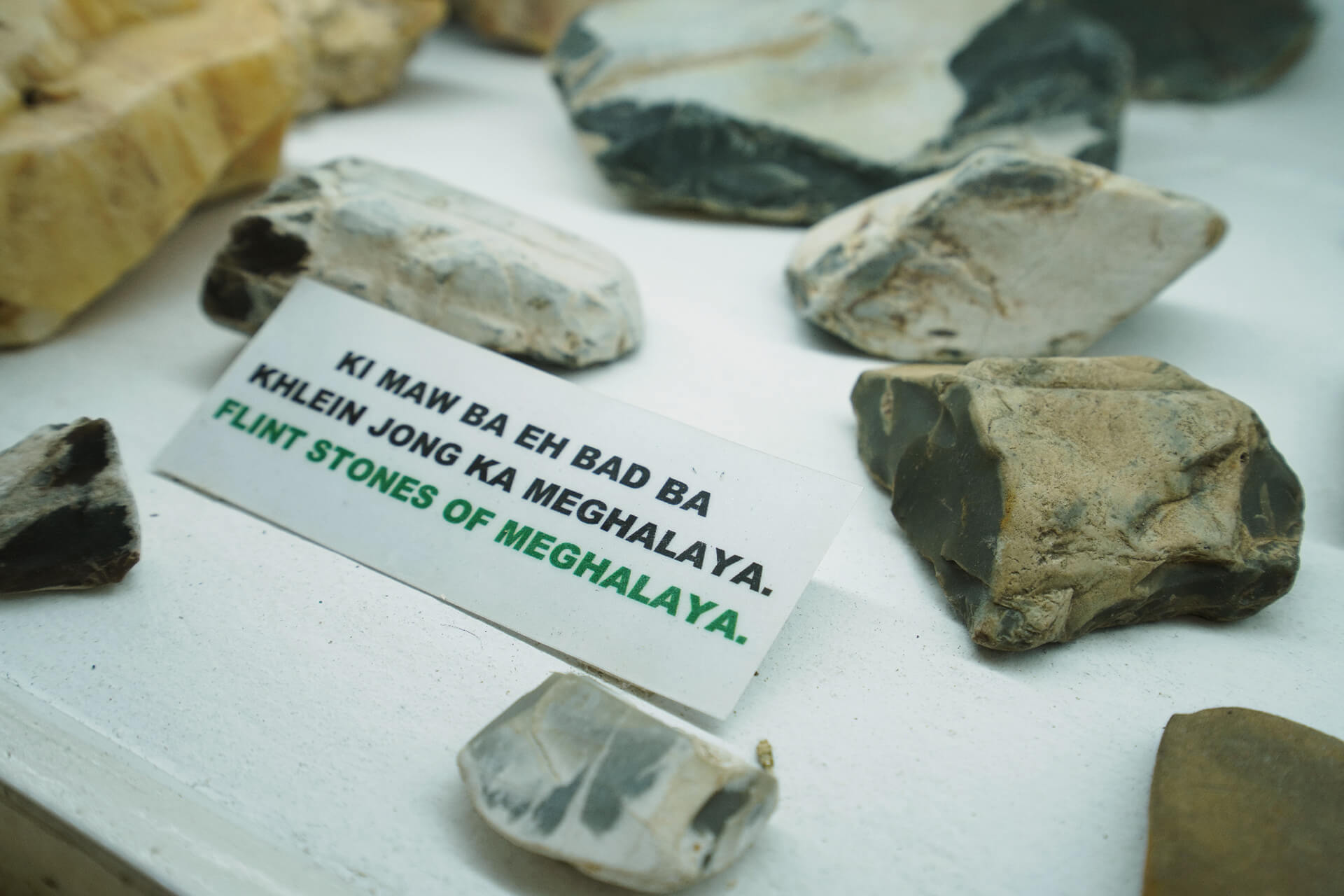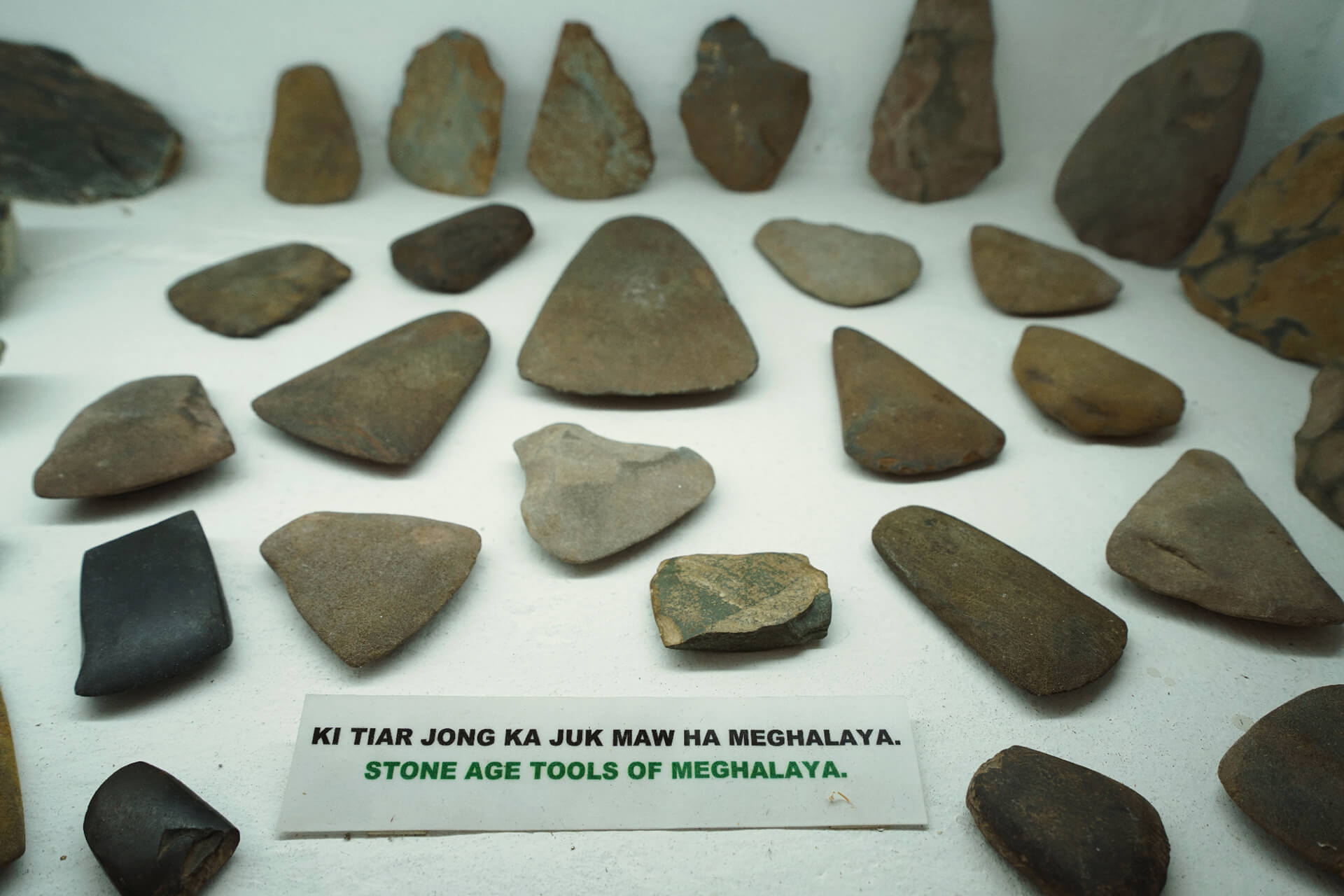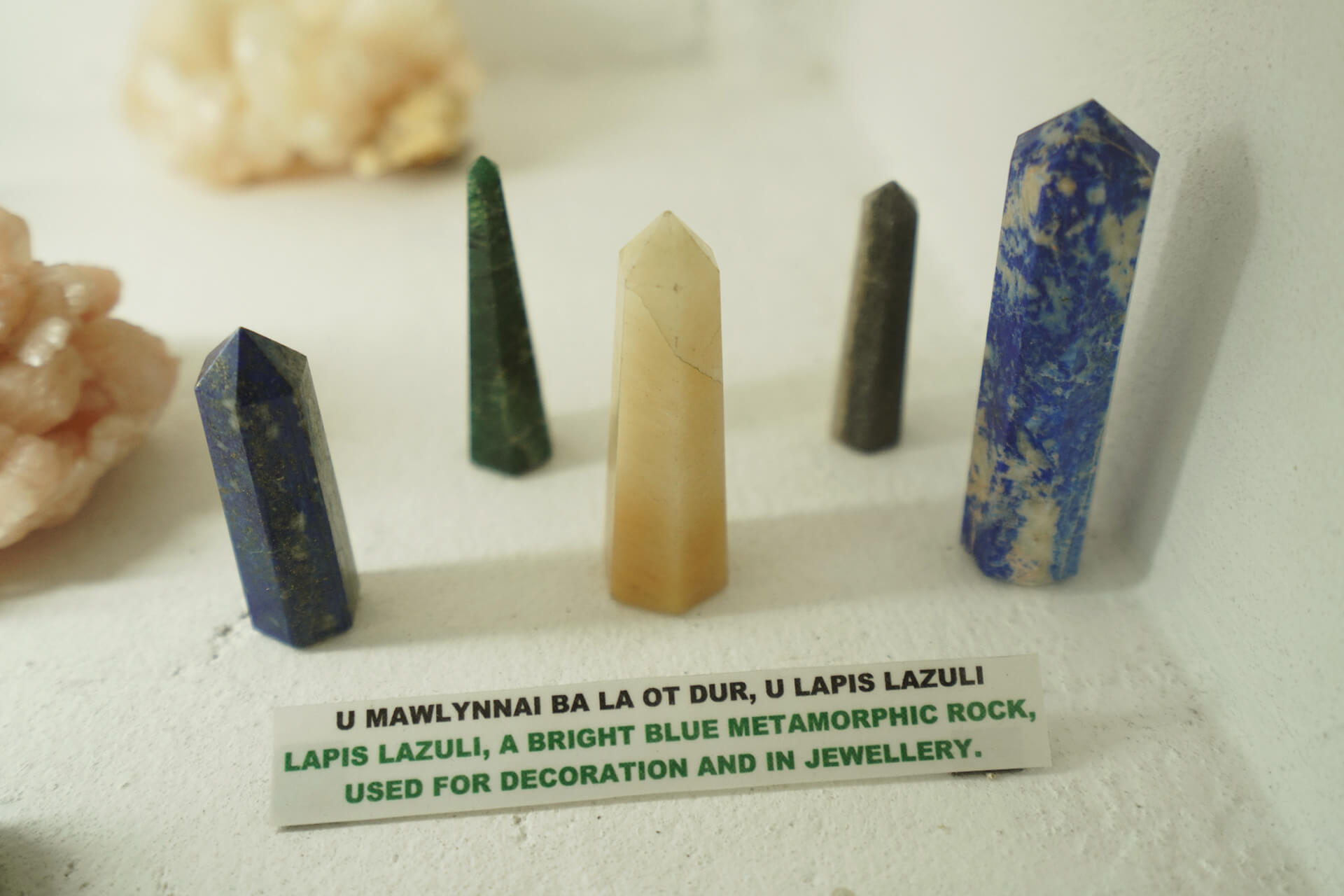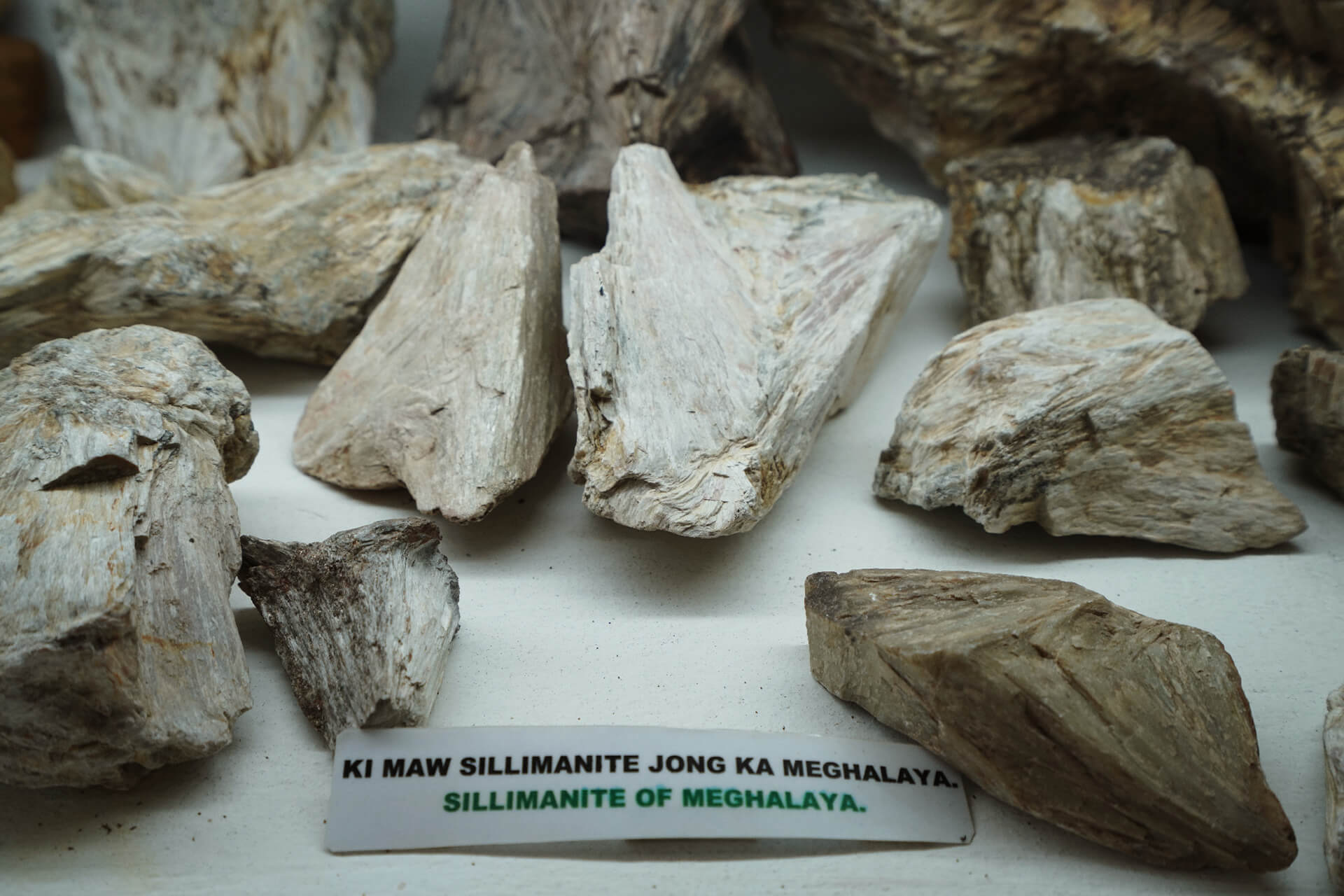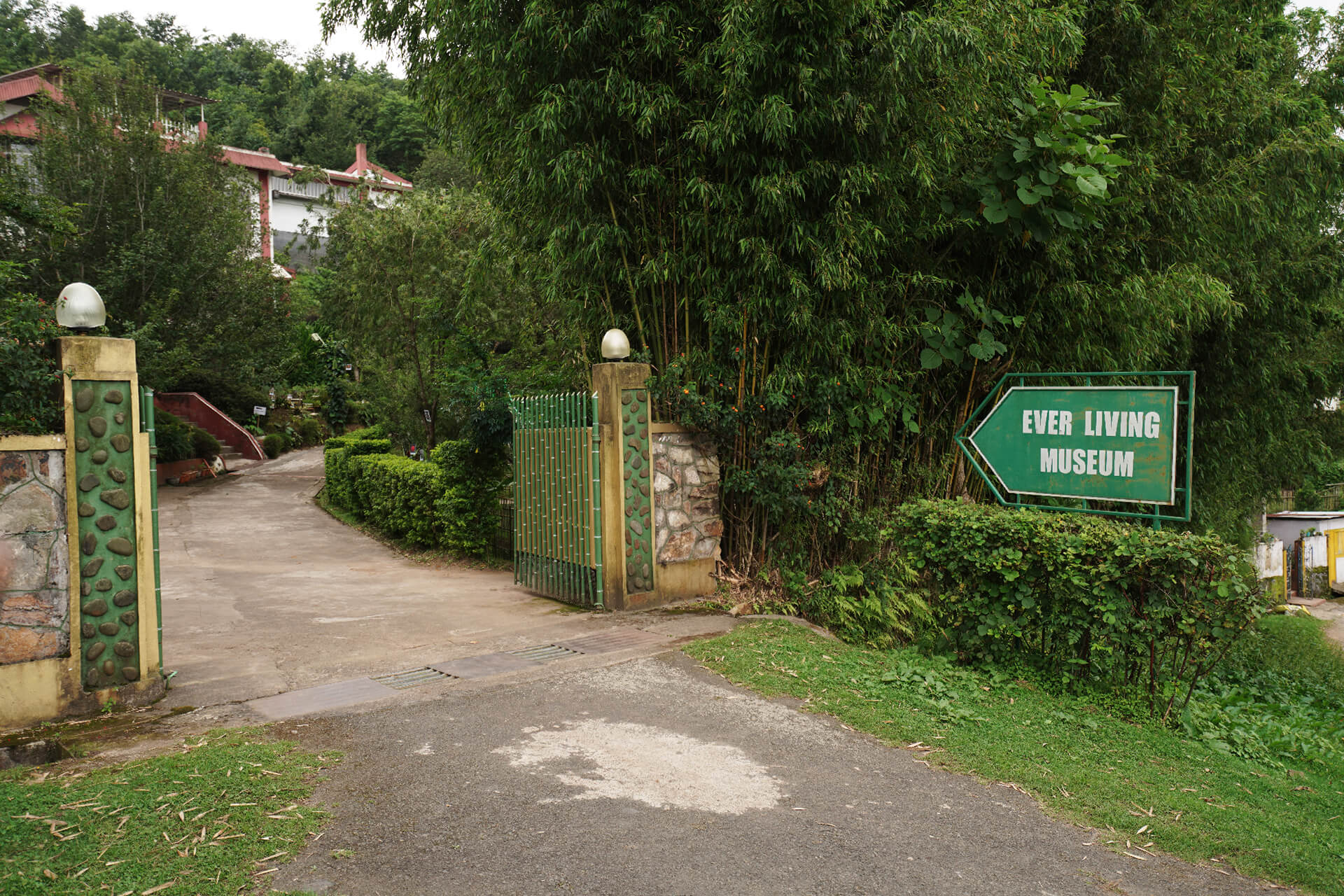
A trip to ‘Ever-Living Museum’, the Only Known Rock Museum in the Northeast.
International Rock Day is widely celebrated on July 13th annually for people to learn more about rocks and their importance. To commemorate this day, you can experience the heritage, culture and ecological importance of the rocks and stones found in Meghalaya with the help of Northeast India’s only known Rock Museum – Ever Living Museum.
The origins and creators of International Rock Day are unknown. However, this day is celebrated to honour its benefits to mankind and to urge people to learn about the science behind different rocks and their usefulness. A rock here is a giant lump of one or more hard minerals that formed naturally and were shattered off of larger boulders.
The Ever-Living Museum: An Introduction
Mr Kyntiewbor War, owner of the Ever-Living Museum, along with his mother opened this museum on April 6, 2015. His mother provided him with the means to put his collection on display. This museum has been segmented into three sections. These sections are the garden of orchids and other interesting plant species, the main museum holding rare artefacts and materials and lastly the museum of rocks.
Before entering this museum, guests are greeted with the first item of Mr Kyntiewbor’s collection of rocks, which is a huge rock sculpted in the form of a boat by the ancient Khasi people of the land.
This rock is known as ‘U maw hyndai ba la ot dur kum ka lieng’ in the local Khasi language. This rock is particularly interesting not only because an image of a boat was sculpted on it but also because this rock gives us an insight into the foreign influence that different cultures had on the Khasi people and how the ancient Khasi people of the land would immortalize these influences.
Who is Mr Kyntiewbor War?
Mr Kyntiewbor War, a 68-year-old man, was born in the Wahlong region of Sohra, East Khasi Hills, Meghalaya is the owner of the Ever-Living Museum in Shillong. This museum is one where Kyntiewbor’s study, labour, and passion for safeguarding Meghalaya’s rich cultural history and natural environment resulted in the collection of a large variety of artefacts, materials and most importantly a large collection of rare rocks. Mr Kyntiewbor himself is a very passionate and engrossing man yet, he is still a very humble and down-to-earth individual by nature. He was always fascinated and interested by the culture and heritage of his land and even more so in the rare variety of rocks and stones that lie in it. His interest in collecting and preserving rocks started when he was a very young boy. He would collect anything and everything that piqued his interest from his various adventures and tours as a young lad.
Growing up, however, Mr Kyntiewbor had known that to be a man of importance and someone who could help build and preserve his land, he would have to work and study hard to become that man. That was his inspiration which lead him to take up further studies in the neighbouring state of Assam where he had studied to become a Civil Engineer. After completing his studies, he started working as a Civil Engineer in his own state of Meghalaya where he continued to build his collection of artefacts, coins, stones, etc.
The ‘Ever-Living’ Rock Collection:
The Ever-Living rock museum hosts a large collection of rare and interesting rocks and stones which have been collected by Mr Kyntiewbor War across the span of his entire lifetime. Here are some prominent pieces Kyntiewbor has on display:
The caves of Sohra had always contained an alluring aura of mystery and enchantment to them. During the time of Mr Kyntiewbor’s youth, however, the people of the region had never really ventured deep into these caves due to the dangers that they present. Since Mr Kyntiewbor had a strict father who would discipline him by locking him up in a dark room under his house whenever he was up to any mischief, this experience developed his character in such a way that he no longer had any fear of the dark or tight spaces. Thus, he had taken it upon himself to venture into these caves to explore and learn all the secrets that these caves hold.
He would then discover a captivating and fascinating collection of rocks within these caves ranging from stones which are shaped like bones, stones which have an entrancing shine to them and even stones which have been formed around the stalagmite and stalactite formations in these caves.
Among the collection of various rocks and stones in the museum, is a collection of fossils which have stood the test of time and have been formed under a specific set of conditions causing them to look the way they do. Within these is a collection of wood fossils which are the fossilised remnants of terrestrial plants and are a form of petrified material.
Other than these wood fossils are the fossilised corals found in Meghalaya, the centipede fossils, the ammonite fossils of the Himalayas and the starfish and oyster fossils of Meghalaya just to name a few.
Another intriguing section of the stone collection is Mr Kyntiewbor’s collection of beautiful and precious stones. Among these items include crystals of Obsidian, clear quartz crystals and the violet, smoky and purple quartz stones of Meghalaya. This section also contains Serpentine stones which float in water and are fluorescent in the dark.
Other attractive rocks and stones within this collection include the amber stones of Meghalaya, resins of burnt coal from Meghalaya, a large quartz stone which strangely resembles the shape of a heart and the green quartzite of Meghalaya.
One of the more historical pieces of the exhibit is the collection of stone-age tools used by the ancient ancestors of the local indigenous people of the land. One can easily get an idea of what these tools were used for just by looking at their different shapes and structures. Most of them are flat and have sharp edges making them ideal to be used as tools.
Another interesting section within this collection is the flint stones which were also used by the people of the land. These specific stones were used to make fires. They would usually bash the stones together in a swift motion which would produce sparks, these sparks would then be used to light a fire over some dried grass or leaves.
Other miscellaneous items within this collection include a collection of sea shells from all over India, Sillimanite Rocks, stones similar to animal fats, colour-spotted stones, granite stones and many more.
The sheer magnitude of this man’s collection would leave anyone in awe because the museum has two other sections that Mr Kyntiewbor tends to. However, since all these items are an accumulation of a lifetime’s worth of effort and labour, it is of no surprise that such a magnificent array of items has been put up for display.
Location: East Khasi Hills.
Nearest Town: Shillong.
Open Hours: 11 am to 5 pm.
Local food shops are available nearby if you want to grab a meal or two.
Distance:
122 km from Guwahati Airport
31 km from Shillong Airport
104km from Guwahati Railway Station

